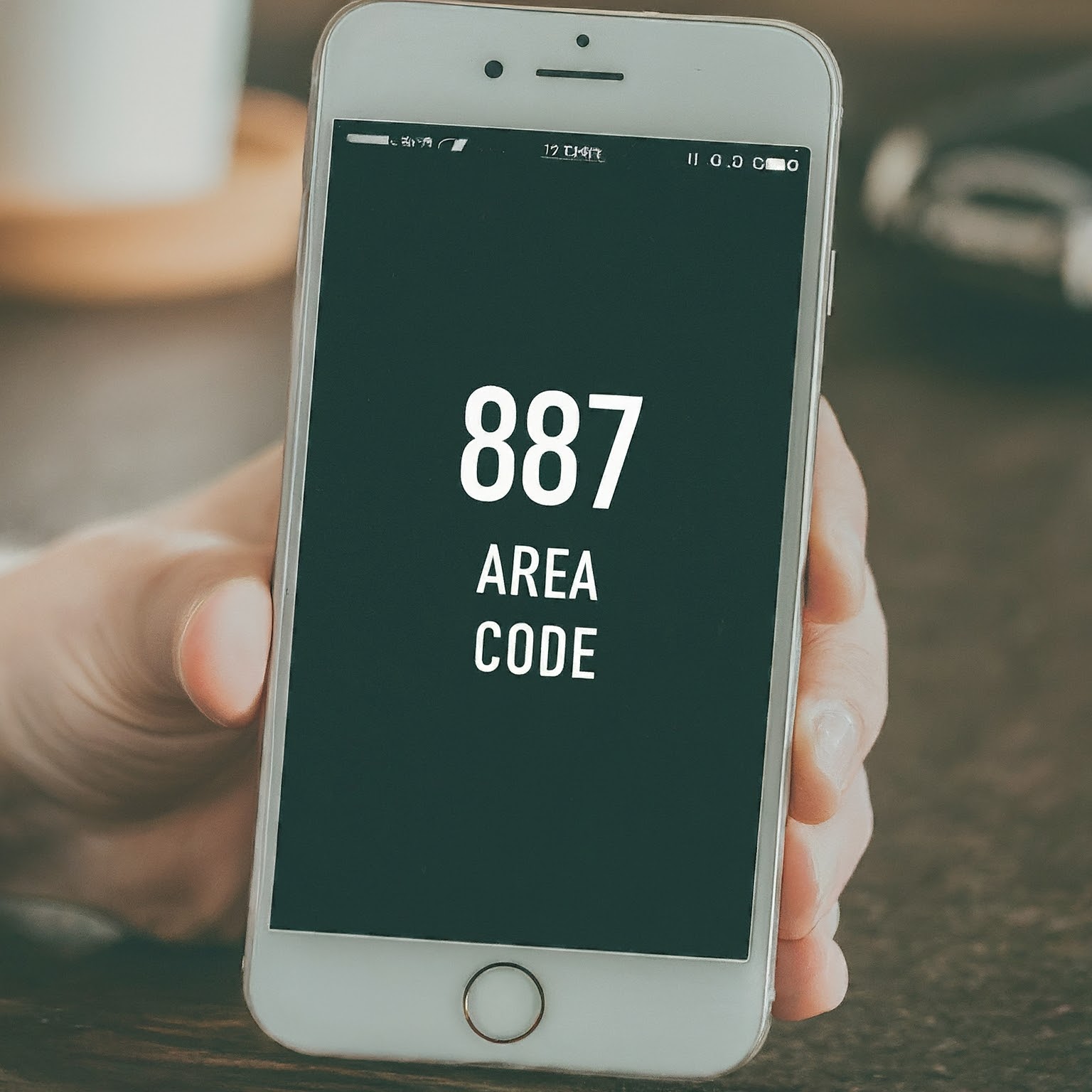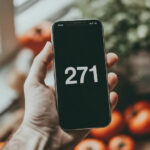If you’ve encountered a phone number using the 887 area code, you may be wondering about its location and legitimacy.
The direct answer is that Area Code 887 is not currently in service as a geographic area code (like 212 or 305) in the United States or Canada. Instead, 887 is a reserved, non-geographic toll-free prefix within the North American Numbering Plan (NANP). It is held for potential future expansion of toll-free service in the same way 833 and 844 were introduced.
If you receive a call from an 887 number, it is either a scammer using caller ID spoofing or a number being tested by a Voice over Internet Protocol (VoIP) provider.

The True Identity of Area Code 887
The 887 area code belongs to a special block of numbers set aside specifically for non-geographic services.
887 is a Reserved Toll-Free Code
The North American Numbering Plan (NANP) includes several 8XX prefixes designated for toll-free calling (where the caller is not charged for the call).
- Currently Active Toll-Free Codes: 800, 833, 844, 855, 866, 877, 888.
- Reserved for Future Toll-Free: 887, along with 822, 880, 881, and others, is held in reserve for future allocation. When the active toll-free numbers are exhausted, 887 will be released for use by businesses across North America.
- Non-Geographic: Because 887 is toll-free, it has no physical location (no state, county, or city). A company using an 887 number could be physically located anywhere in the world.
The Current Status
Because 887 is not officially in circulation for public assignment, any calls currently displaying (887) XXX-XXXX are highly likely to be fraudulent or accidental:
- High Risk of Spoofing: Scammers often use unassigned or reserved area codes because they are less likely to be blocked by basic spam filters.
- VoIP Testing: Some VoIP providers may test services using unassigned numbers, which can occasionally result in accidental outbound calls.
Actionable Steps for Calls from 887
If you receive a call from the 887 area code, you should treat it as highly suspicious, especially if you are not expecting a call from a national toll-free service.
- Do Not Answer: Letting the call go to voicemail prevents scammers from confirming your number is active.
- Never Call Back: Since the number is unassigned, calling back will likely lead to an error message. If the number was being spoofed, calling it back may connect you to a premium-rate line or confirm your number’s activity for future spam lists.
- Use Spam Filters: Ensure your mobile carrier’s spam call protection (e.g., T-Mobile Scam Shield, Verizon Call Filter, or AT&T ActiveArmor) is fully enabled to help block unknown and suspicious calls.
Frequently Asked Questions (FAQ)
Will Area Code 887 ever be used for a city?
No. Area Code 887 is permanently designated as a non-geographic code for toll-free services within the NANP (North American Numbering Plan). It will never be assigned to a city like New York or Los Angeles.
What is the advantage of an 887 number?
When the 887 prefix is eventually released, its primary advantage will be vanity and national reach. Businesses prefer toll-free numbers because they are free for the customer to call and provide a professional, nationwide identity (e.g., 1-887-FLOWERS).
What is the country code +887?
The +887 Country Code is currently unassigned by the International Telecommunication Union (ITU). The 88x range is reserved for future global services, similar to the 887 area code’s non-geographic designation in North America.
Conclusion
The 887 area code is a reserved, toll-free code within the U.S. and Canada and is not a geographic location. Since it is not yet active for public use, any calls you receive from an 887 number should be viewed as highly suspicious, and the safest action is to block the number and never call it back.


